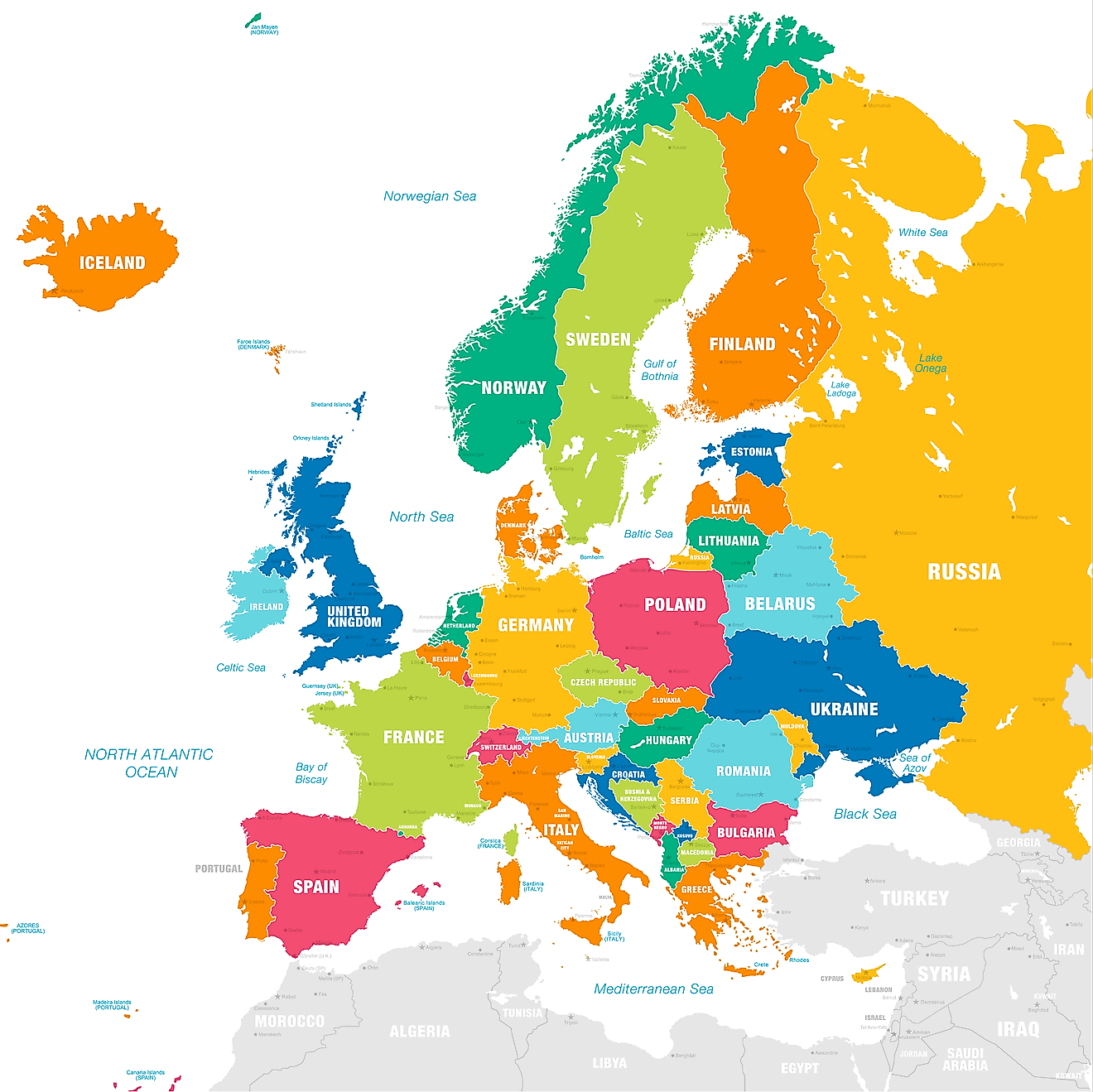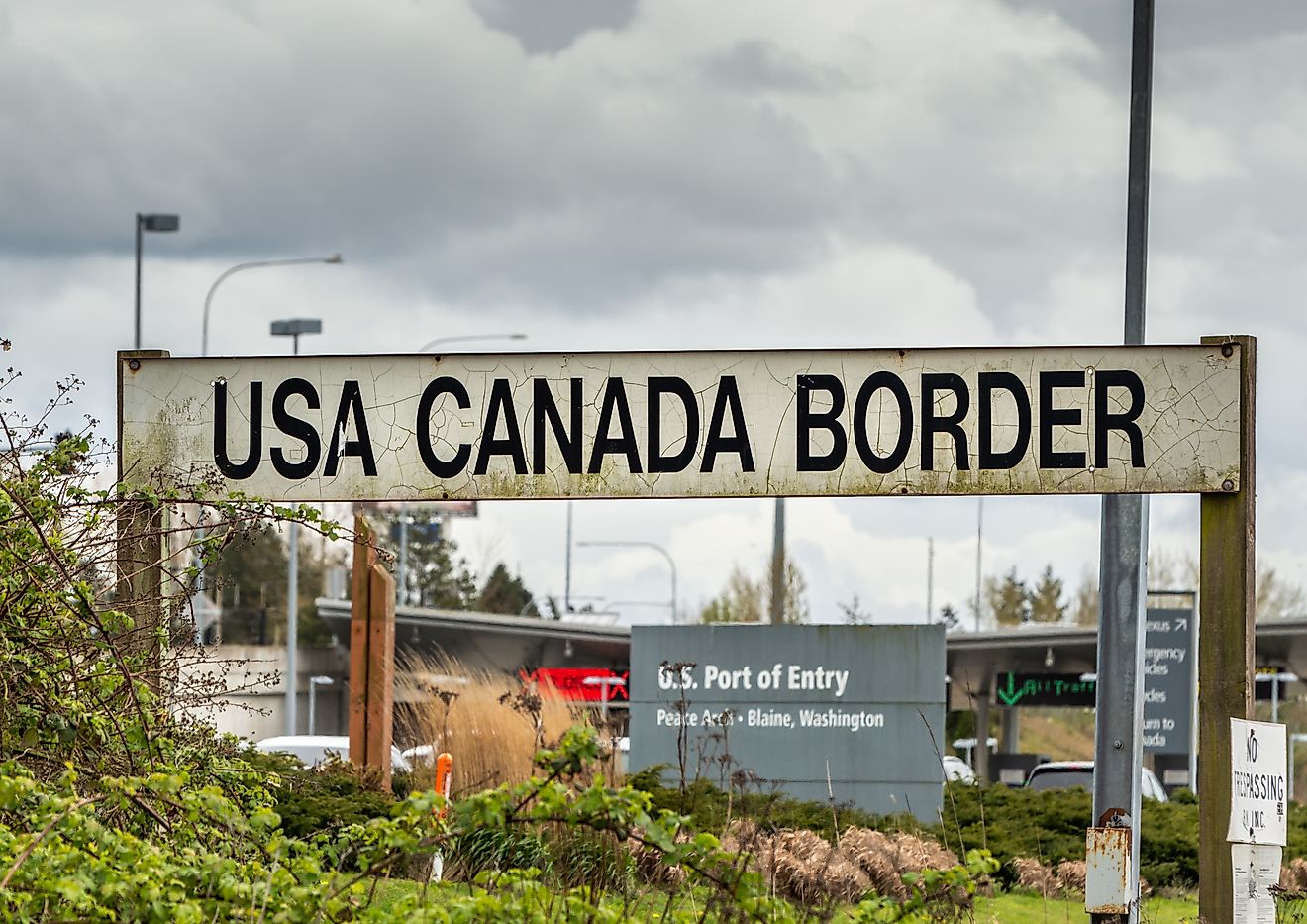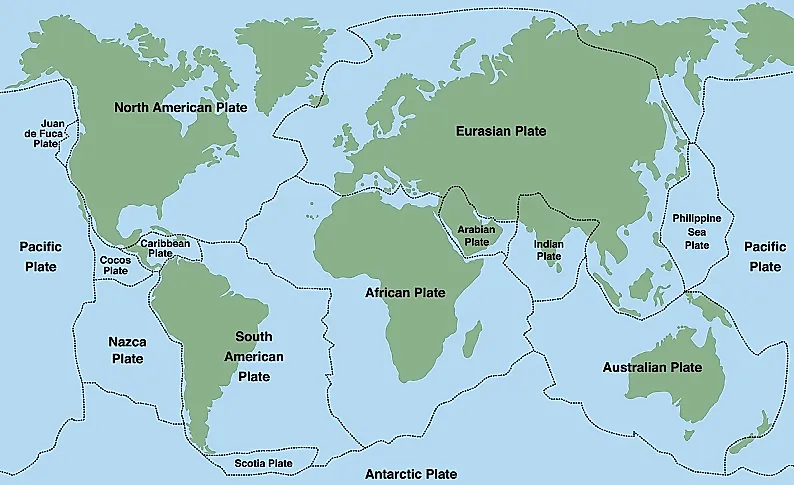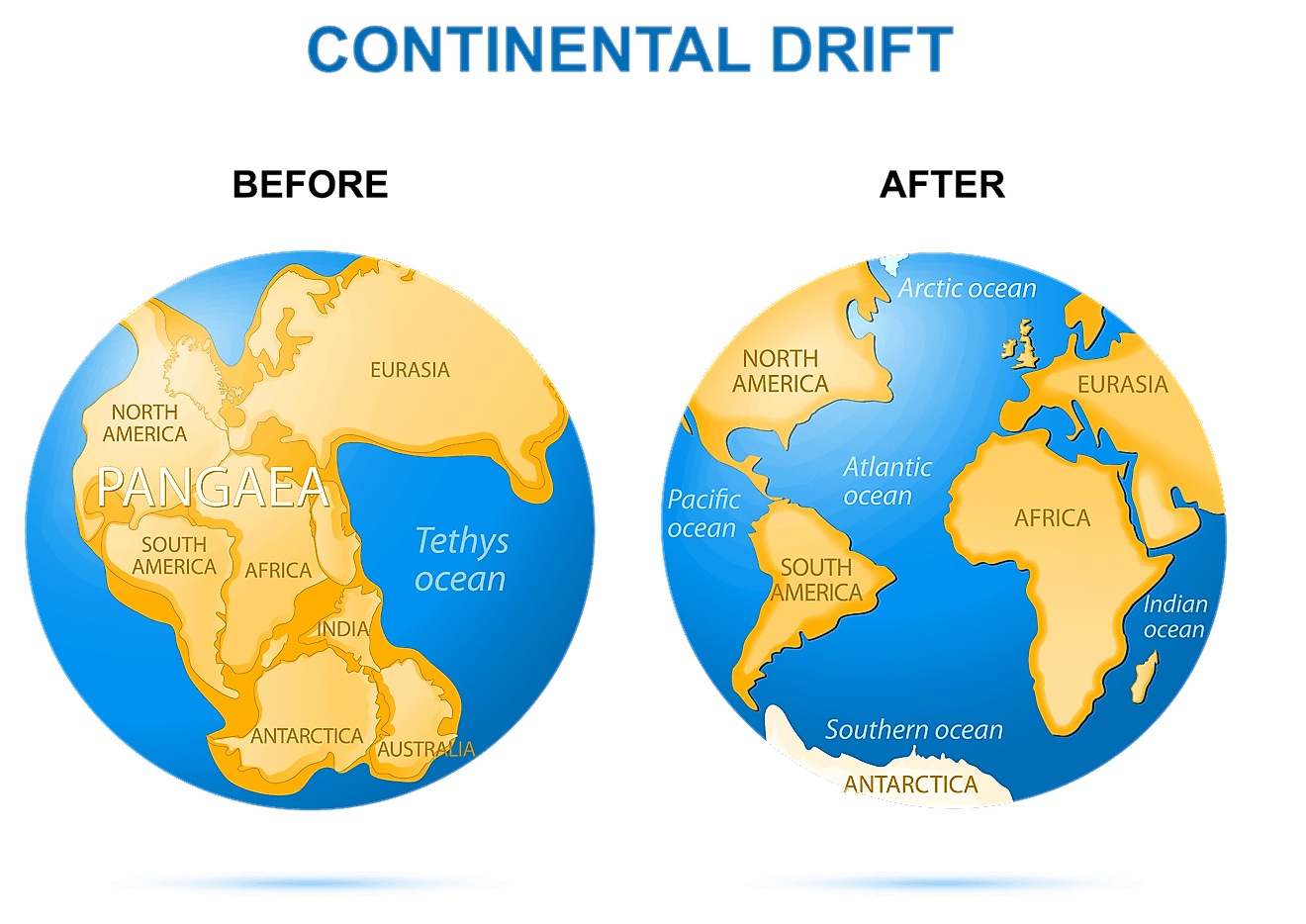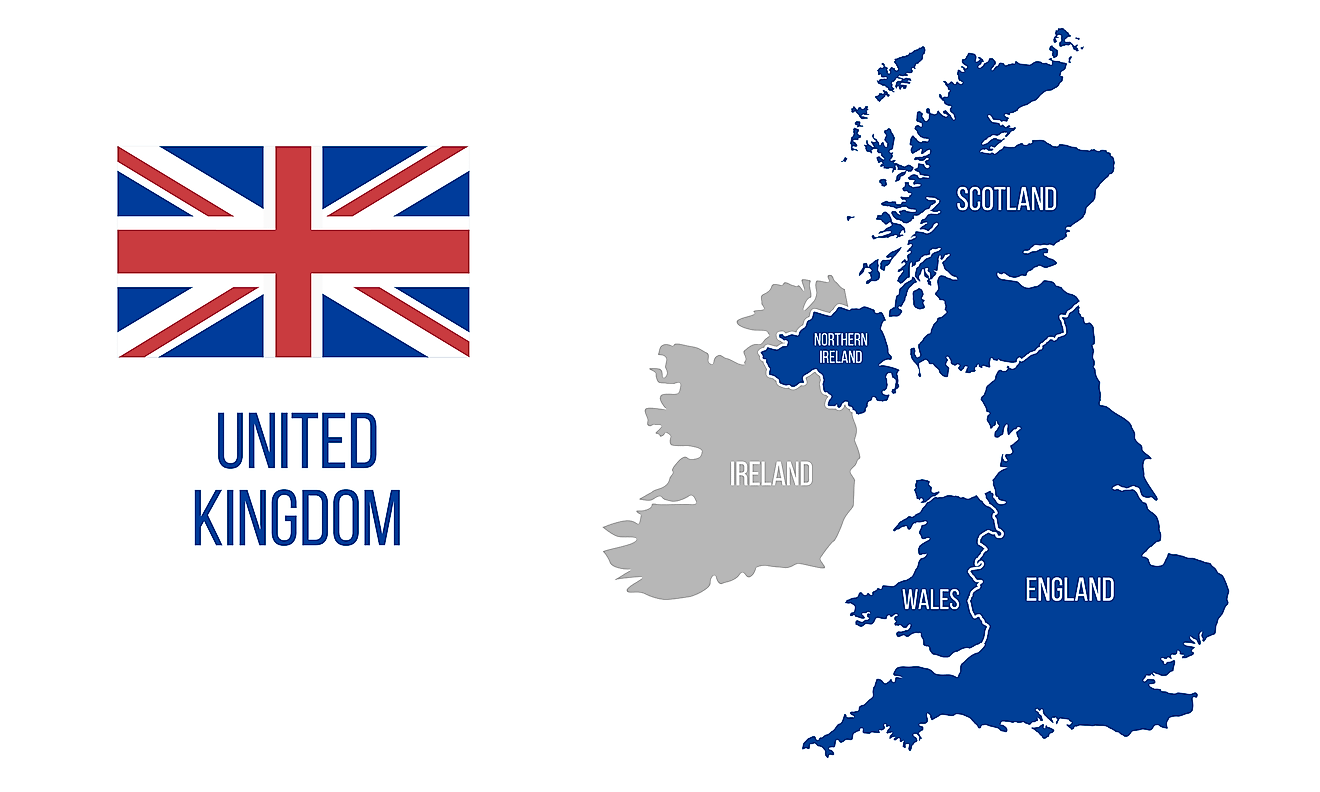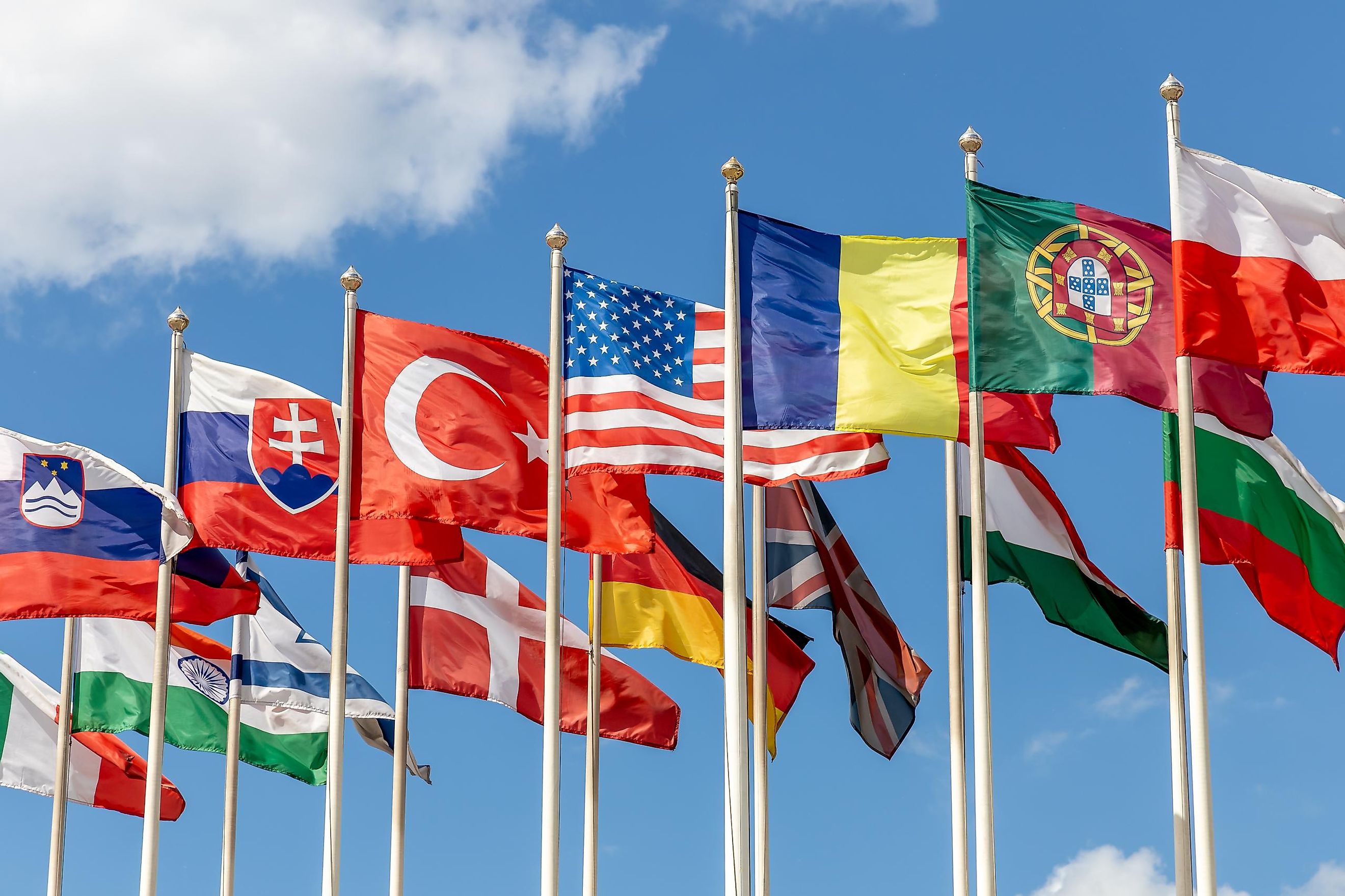
What Is The Longest Country Name In The World?
There are currently 195 nations in the world, each with a distinct and unique name that we use to identify them. The meaning or origin of these names all differ widely, as well as the "true" names of nations in their native language. For instance, in German, Germany is referred to as Deutschland, and in Mandarin, China is called Zhōngguó.
The official titles and names of nations are often much longer than what is commonly presented. Throughout history, nations, kingdoms, and empires all dawned incredibly long names, often as a way to project an image of prestige and grandeur. The Serene Republic of Venice and the Sublime Ottoman State are a few of the more memorable examples of this trend. These long, drawn-out names are usually relics of the past, but some nations still fashion these extravagant titles to this day. The longest official country name in the world is that of the UK, also known as "The United Kingdom of Great Britain and Northern Ireland." Below we list 10 of the longest country names we know of.
Longest Country Names In the World
- United Kingdom
- Kiribati
- Sri Lanka
- Saint Kits and Nevis
- Ethiopia
- São Tomé and Príncipe
- Algeria
- Nepal
- North Korea
- Papua New Guinea
1. The United Kingdom Of Great Britain And Northern Ireland
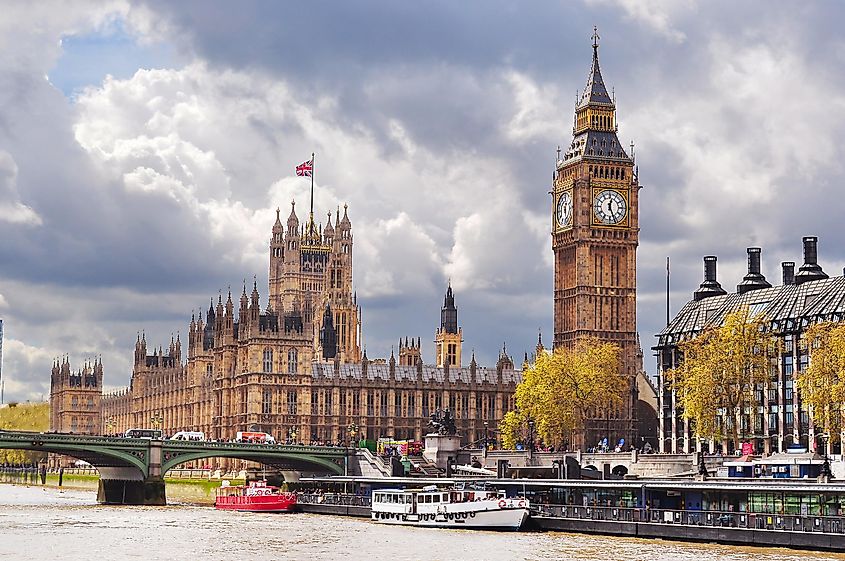
Westminster Palace (Houses of Parliament) and Big Ben in London, United Kingdom.
The longest official name of a country belongs to what most people would usually call Great Britain. Great Britain was officially formed in 1707 after the English and Scottish crowns joined in a political union, hence the name "United Kingdom." Not only did this unify the two nations of England and Scotland but it also brought Wales and Ireland into the fold as well.
Today, much of Ireland proper is no longer part of Great Britain. The apparent exception to this is Northern Ireland, which has decided to remain a part of the United Kingdom for the time being and explains why it is still mentioned in its official title.
2. Independent and Sovereign Republic of Kiribati
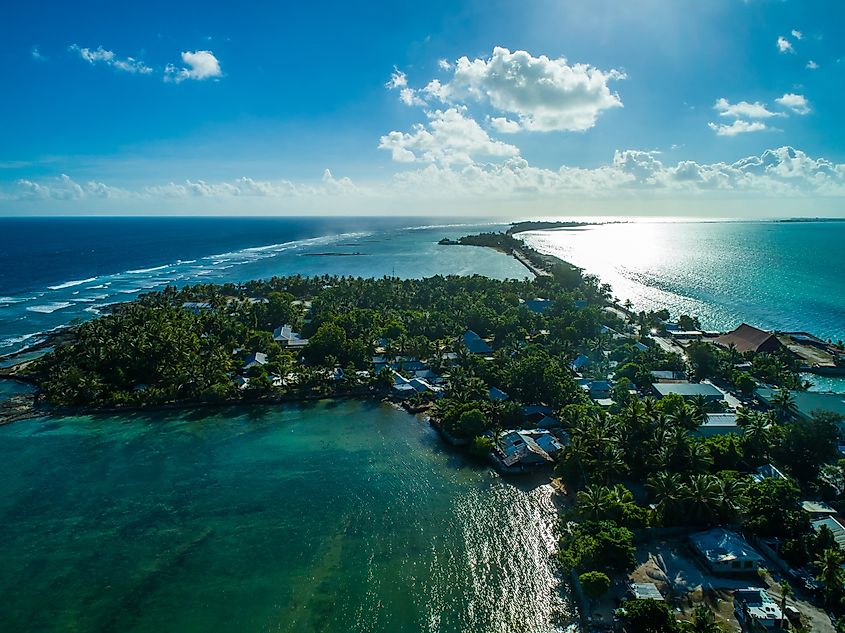
An aerial view of Tarawa, Kiribati, in the Pacific Ocean.
Kiribati is a tiny micronation that can be found within the far reaches of the Pacific Ocean—no matter its size, Kiribati sports one of the longest names for a nation on Earth. The long title that Kiribati has given itself stems from its independence, which the British gave on July 12, 1979.
Presumably taking inspiration from the nation that had once ruled over them, the people of Kiribati decided to grant themselves an official name that celebrates a new and exciting chapter of their history of being self-sufficient and independent.
3. Democratic Socialist Republic of Sri Lanka
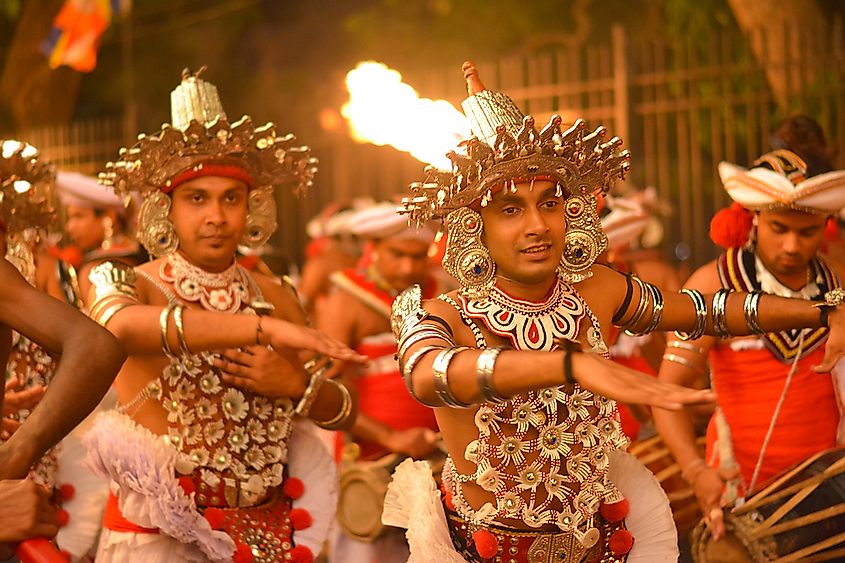
Ever since Sri Lanka gained independence from the British Empire in 1948, it has taken on many different titles. First, it was given the name of the Dominion of Ceylon. Ceylon is the name by which many Europeans referred to the island which originated back to Portuguese explorers in the late 15th century.
In 1972, this name was changed to the "Free, Sovereign and Independent Republic of Sri Lanka." Sri Lanka, meaning "Resplendent Island" in the native language, was now what many people would call the nation in casual conversation. The name of Sri Lanka was once again changed to "The Democratic Socialist Republic of Sri Lanka" in 1978, marking a change in the nation's government and societal outlook.
4. Federation of Saint Christopher and Nevis
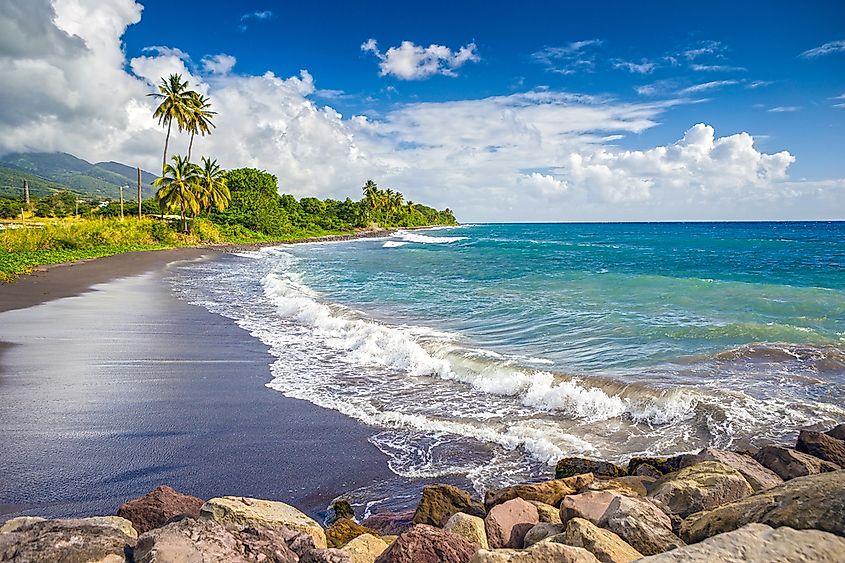
Saint Kits and Nevis is a small island nation found at the eastern edge of the Caribbean Sea. It spent its first few hundred years as a colony of the United Kingdom but eventually gained complete independence in 1967.
As the common name suggests, Saint Kits and Nevis are the two largest islands in this nation and were, at one point, brought together during British rule. When independence was achieved, the two islands decided to stay unified under a federation. This explains the official name of the country beginning by stating so and also displaying the official names of each island, Saint Christopher and Nevis.
5. Federal Democratic Republic of Ethiopia
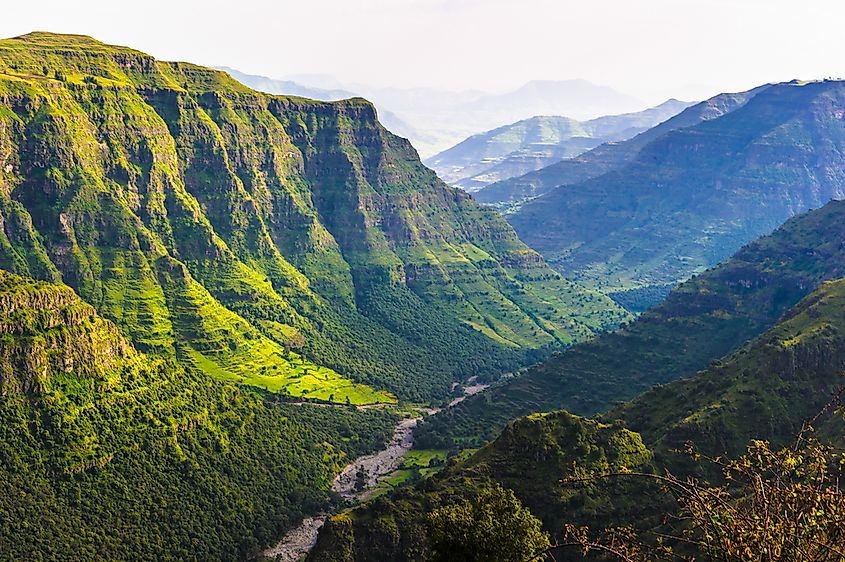
Formerly known as Abyssinia, its name was changed to Ethiopia under the decree of Emperor Haile Selassie I in 1931. While Ethiopia is still the name that most people use in day-to-day life, its official name was changed to the Federal Democratic Republic of Ethiopia in 1995.
This name change was spurred on by the adoption of a new constitution. Something that had not been done in 40 years. This new constitution focused on granting increased autonomy to various cultural, linguistic, religious, and ethnic groups that live within the borders of the nation. This is why the official title of Ethiopia includes the word federal, to help stress the position it holds over the other governing bodies across the nation.
6. Democratic Republic of São Tomé and Príncipe
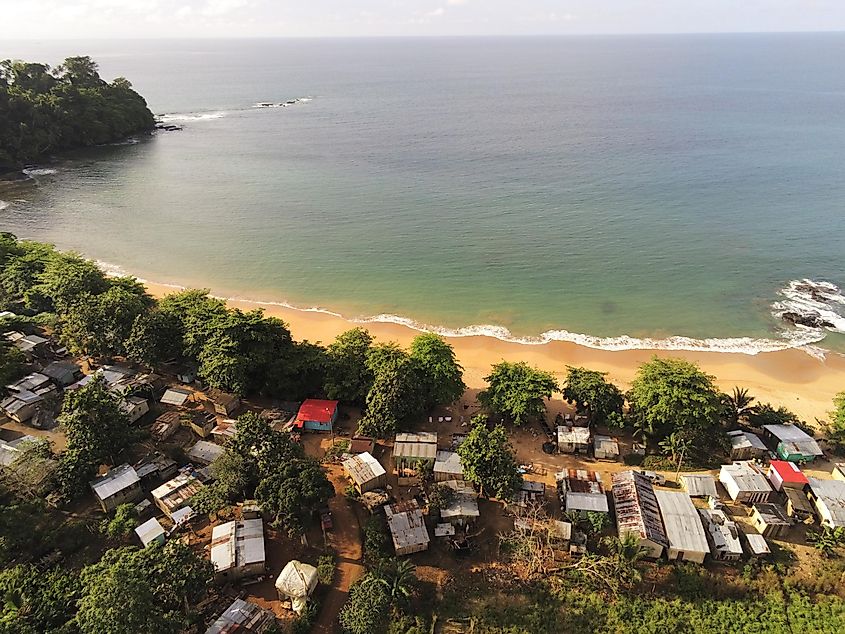
An aerial view of Burra beach and village in Prince Island, São Tomé and Príncipe, Africa.
Another island nation, São Tomé and Príncipe, can be found off the coast of Western Africa. Given its name by Portuguese explorers, São Tomé and Príncipe remained a part of the Portuguese Empire until it was granted independence in 1975.
The nation's official name highlights and celebrates its independence from colonial rule and the implementation of democracy and representative government.
7. People's Democratic Republic of Algeria
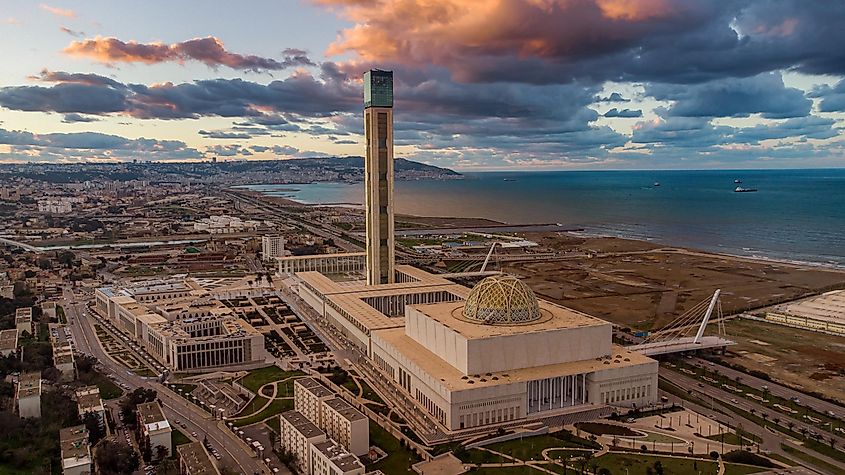
Algeria gained its independence in 1962 after fighting a long and bloody war against the French. The new nation adopted the official name of the People's Democratic Republic of Algeria in a few short years after throwing off foreign rule.
The name denotes the unity and togetherness of the Algeria people. While the democratic systems in Algeria have been called into question in the past, the nation has made significant strides to live up to its name in recent years, especially after the mass demonstrations that took place between 2010 - 2012.
8. Federal Democratic Republic of Nepal
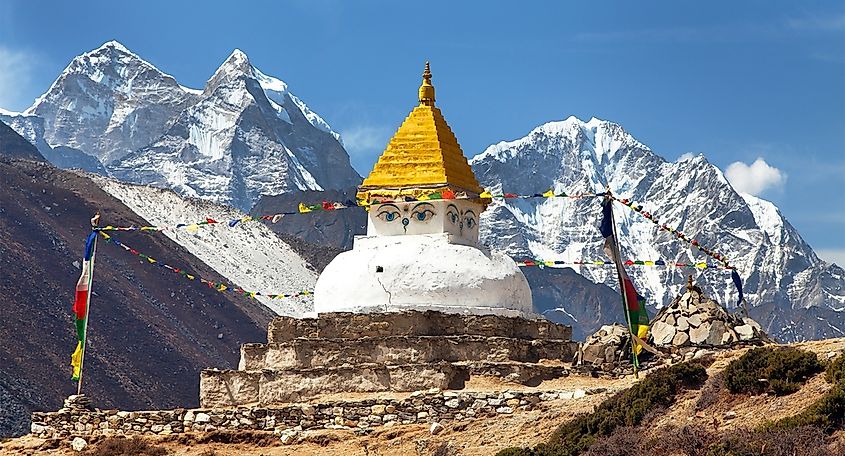
Nepal is a nation nestled between the two Asian superpowers of India and China. Located deep within the Himalayan mountains, Nepal is one of the most remote nations on the planet. According to Hindu tradition, the original name of Nepal is Ne Muni or Nemi, which is said to derive from a sage that lived there thousands of years ago.
While it no longer wears its ancient name, the modern nation of Nepal does have quite a lengthy official title. Nepal only recently adopted its new name. In 2008, the Nepalese government elected a Constituent Assembly which declared the nation to be a federal democracy, which ended 240 years of monarchy.
9. Democratic People's Republic of Korea
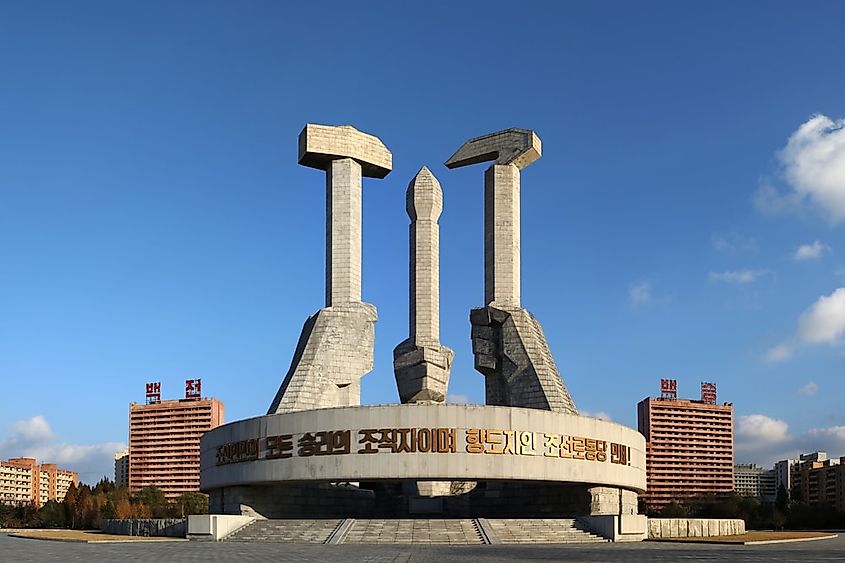
Commonly known as North Korea, this hermit nation is not exactly celebrated for its democratic traditions or exultation of human rights. Sadly, North Korea remains one of the most restrictive and oppressive nations in the world and grants its 26 million citizens very little in the way of freedom.
A hardline communist dictatorship in all but name, the official name of North Korea was first established in the wake of the Korean War, which ended in a ceasefire in 1953. The Democratic People's Republic of Korea fails to live up to its name in more ways than one.
10. Independent State of Papua New Guinea
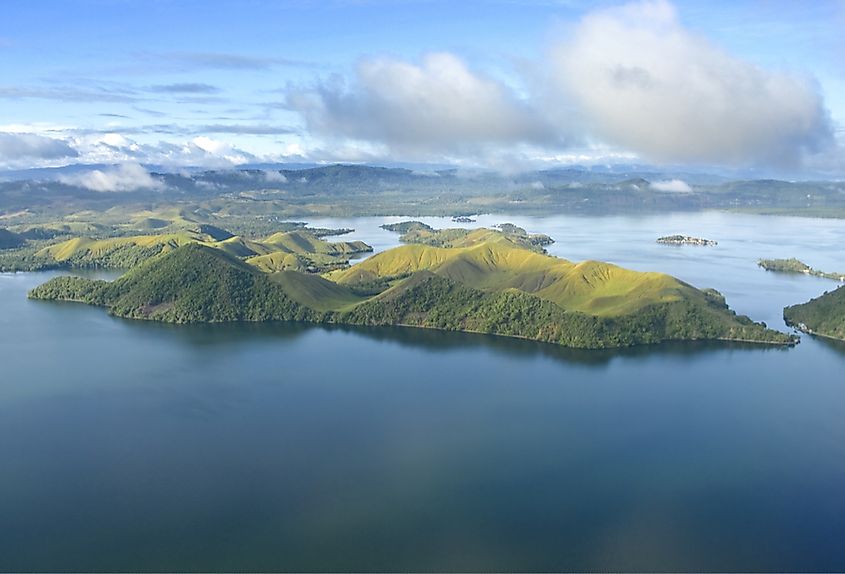
Papua New Guinea first gained its independence from Australia in 1975. Originally a British possession, the area that would later become Papua New Guinea was granted to the Australian government in the early 20th century.
Today, the people of Papua New Guinea remain fiercely independent, and the official name of the nation reflects that. Sovereignty and self-governance remain a massive point of pride for the nation.
| Nation | Character Count |
|---|---|
| The United Kingdom Of Great Britain And Northern Ireland | 45 |
| Independent and Sovereign Republic of Kiribati | 41 |
| Democratic Socialist Republic of Sri Lanka | 37 |
| Federation of Saint Christopher and Nevis | 37 |
| Federal Democratic Republic of Ethiopia | 35 |
| Democratic Republic of São Tomé and Príncipe | 35 |
| People's Democratic Republic of Algeria | 34 |
| Federal Democratic Republic of Nepal | 32 |
| Democratic People's Republic of Korea | 32 |
| Independent State of Papua New Guinea | 32 |
The Grandeur of Names: A Reflection on Nations' Titles
While the long names of nations are largely a thing of the past, some still go the extra mile when it comes to their official titles in the modern age. Although it is still hard to be the outrageous names of kingdoms and nations from the Medieval Period or Renaissance.
Names of nations are also constantly changing or being tweaked one way or another. There is a good chance that in the next few years, a handful of nations could change their names into something so incomprehensibly long and complex that it would even make an Ottoman Sultan blush.




